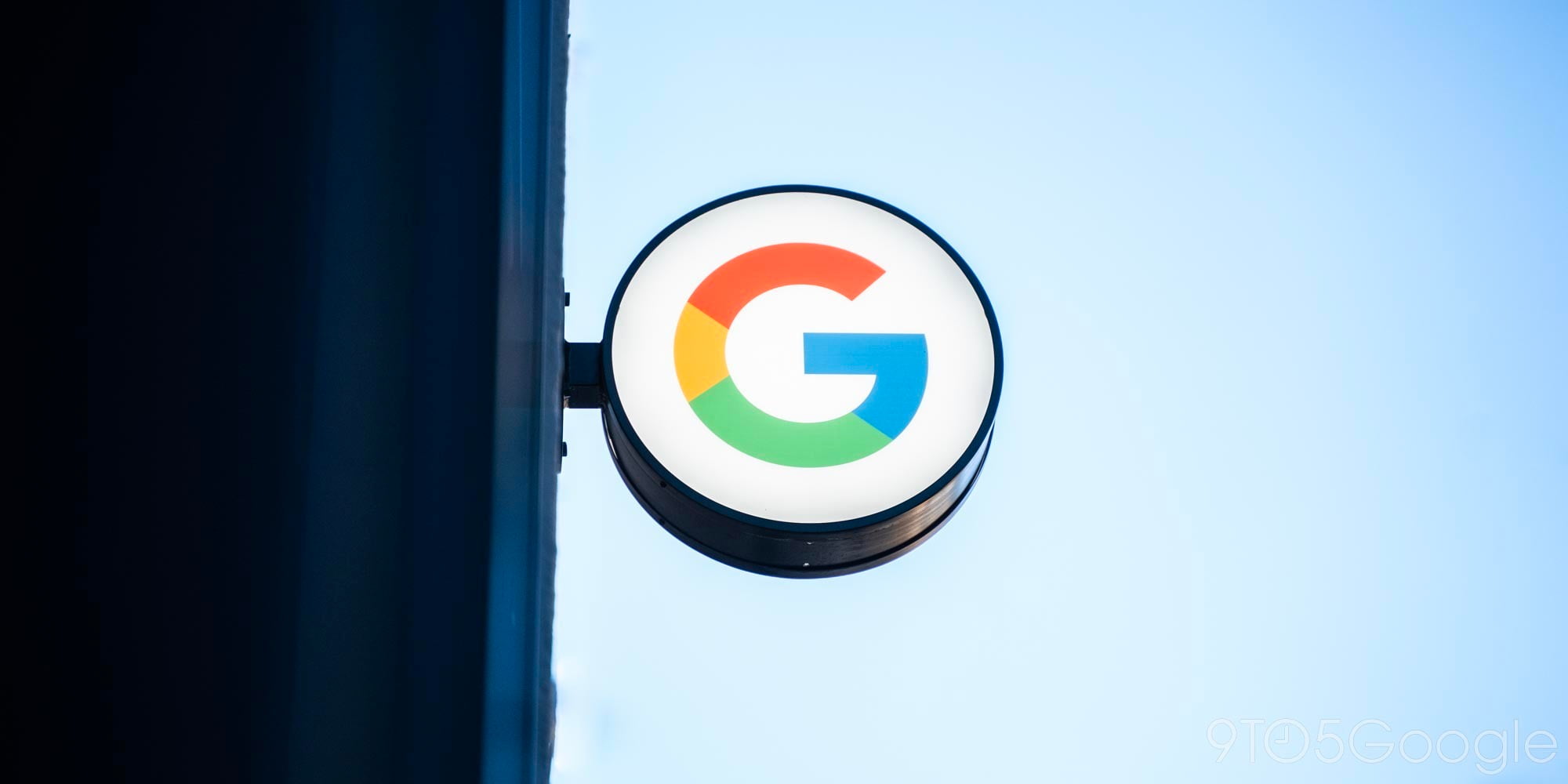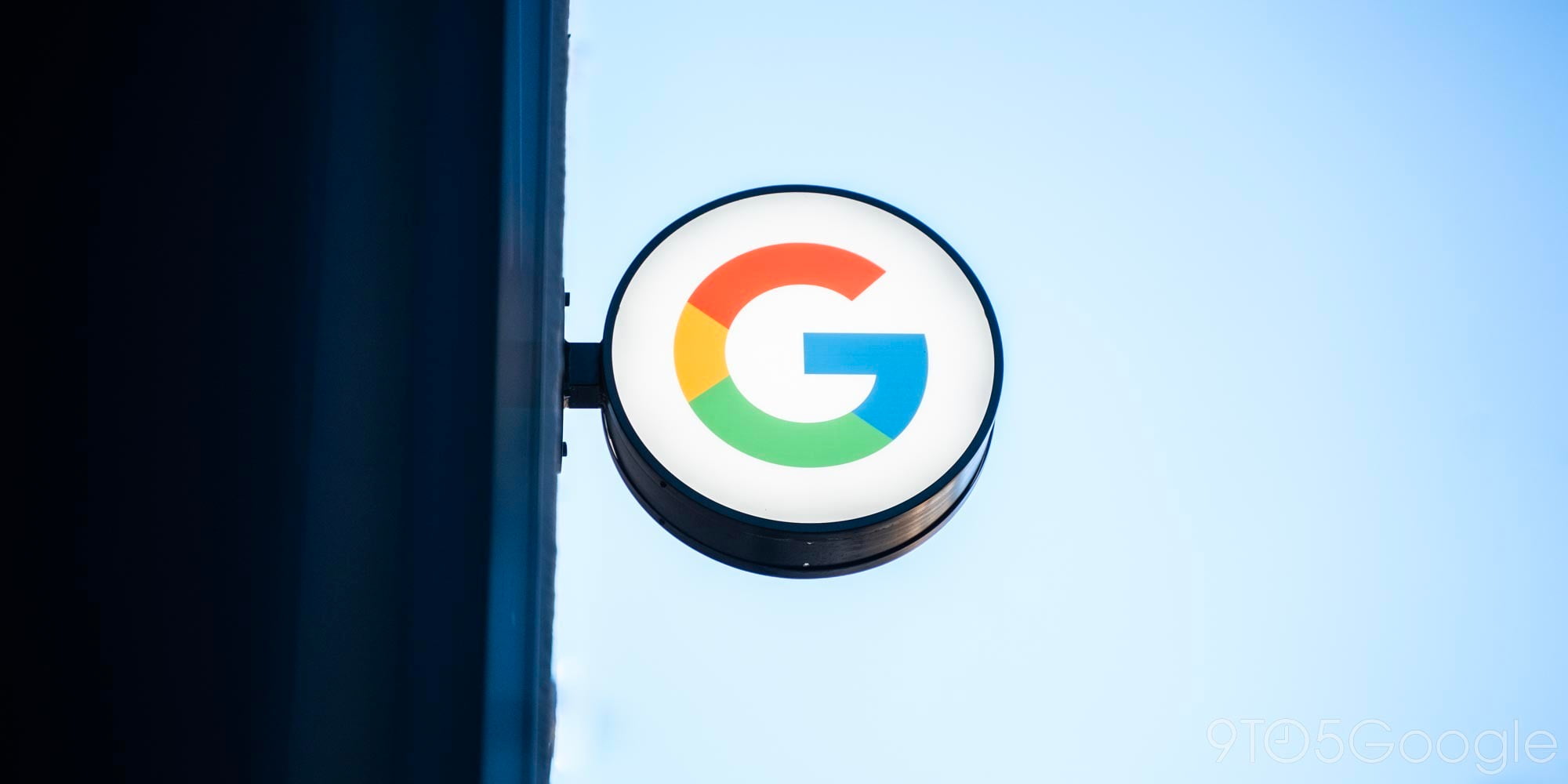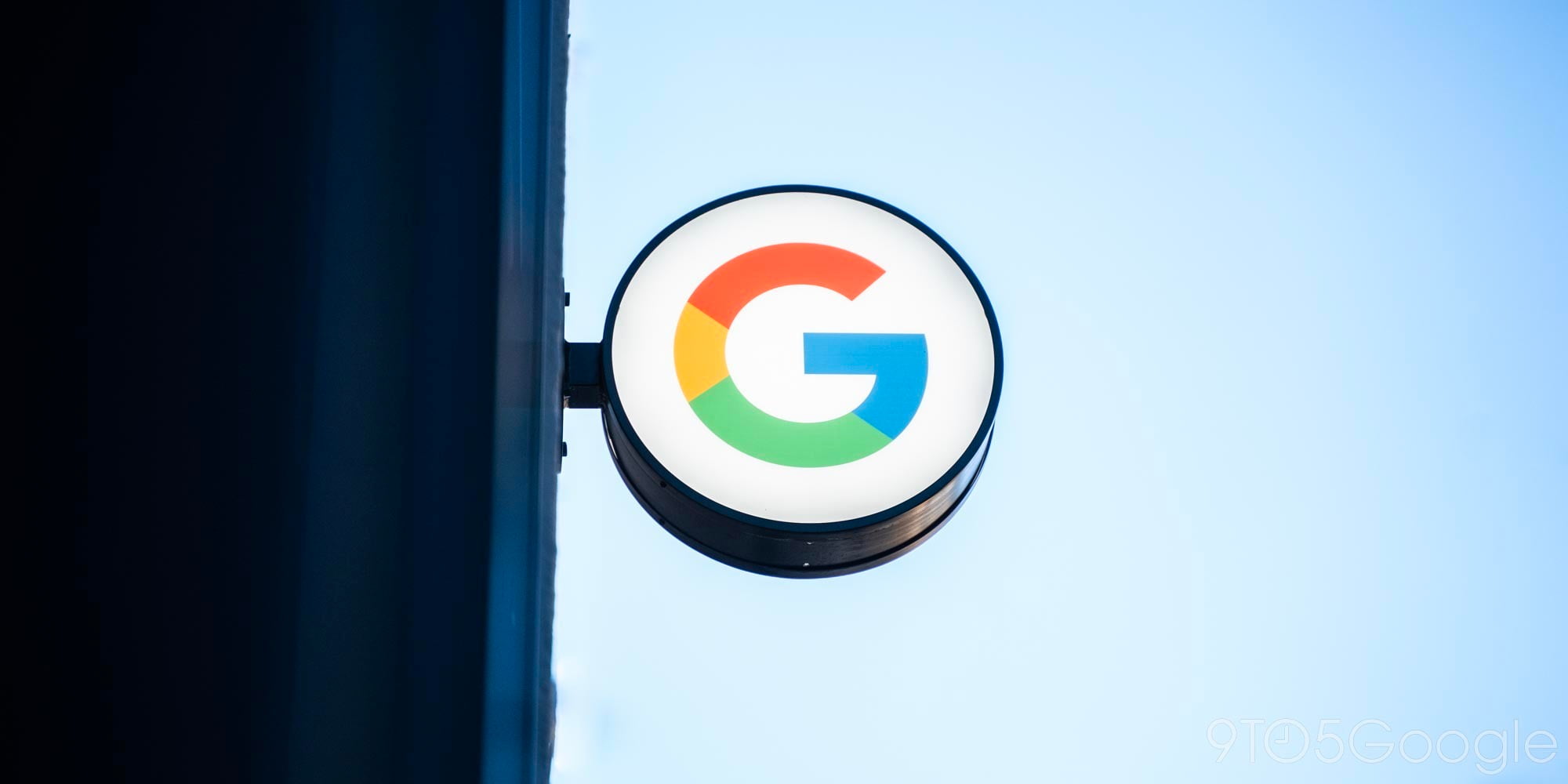
The OnePlus 8 Pro is the culmination of years of hardware and software decisions that might not have come to fruition if the BBK-owned firm simply disregarded the input of its ravenous fanbase.
Since the launch of the 7 Pro, OnePlus has firmly set its sights on the “true flagship,” a device with almost no compromises, no corner-cutting, and even a little future-proofing, too. This is the most comprehensive update to a OnePlus phone to date. No expense has been spared — which, unfortunately, does mean an added cost to you, the potential buyer.
How does this translate to the overall OnePlus smartphone experience? A little spoiler: surprisingly well. The OnePlus 8 Pro is undoubtedly the zenith of the firms ongoing “Never Settle” ethos.
Although despite that tag line, we have been conditioned to expect things to be missing or not quite up to the same level as the “true” flagship smartphones vying for our hard-earned money. A lower price tag does give a little leeway with regard to harsh criticism, but with a proper out-and-out flagship start price, it’s going to be harder to forgive any major issues of glaring errors.
In the past, it has been reasonably easy to recommend the OnePlus series, thanks to the combination of a low price tag, exceptional software, and solid hardware experience. There have, however, been obvious shortcomings that meant that a recommendation would often come with a caveat.
While that remains true for the previous generations, the OnePlus 8 Pro might be the device that finally bucks that trend — as long as you’re happy with the substantially increased financial outlay.
Hardware and design

Design is one area that it has been hard to fault OnePlus, as the overall build, fit, and finish on the OnePlus 8 Pro is simply sublime. From the curved glass display to the soft satin Glacial Green finish, this really is an undeniably gorgeous slab of tech.
Killer colors have been par for the course over recent releases, and the 8 Pro series has some more cracking options to choose from. As I mentioned, my review unit is in the “Glacial Green” finish, which complements the Nebula Blue that was introduced on the OnePlus 7 Pro early in 2019. However, if you’re not a fan, you can pick up the OnePlus 8 Pro in Onyx Black and Ultramarine Blue.
The 8 Pro feels very much like a solid continuation of the OnePlus 7 Pro from last year, although it’s far less squat, feeling taller and more svelte when compared directly. I love the balance in the palm thanks to the softly curved sides and smooth glass back. That is even with a larger camera bump than ever before. It will wobble on a table as a result of that big ol’ bump.
Overall this is a large smartphone, for anyone with small hands, the standard OnePlus 8 is likely a better fit. The biggest issue with opting for the standard OnePlus 8 is the lack of many of the new hardware additions.
Display

The OnePlus 8 Pro has the best smartphone display I have ever used — save the Oppo Find X2 Pro. At the full QHD+ resolution and with 120Hz enabled, there is nothing quite like the OnePlus 8 Pro display when in full flow. With that said, there will undoubtedly be people that are unable to notice the difference between a 90Hz panel and this one.
However, jumping from 60 to 120Hz is a night and day difference. Smooth is an understatement but I wish that OnePlus would tone down the increase scrolling inertia added within OxygenOS. This can make things feel like a blur and it has been the case for quite some time now.
It’s 6.78 inches of pure brilliance, edge-to-edge it makes watching videos, apps, and everything else in between so much more fun and responsive. I have zero problems with the punch-hole, although you will notice a shift in the status bar to accommodate the little display cutout. I’m personally glad that the pop-up camera has disappeared as it ruined the top bezel, even though we lose a tiny portion of the display as a result.
When in bright lighting, the peak 1300 nit brightness is evident when near a dimmer display. It makes outdoor viewing crystal clear and no issue. I have not seen the “green-tint” issues that have plagued some devices, although this appears to have been essentially resolved with the Oxygen 10.5.5 update.
The curves at either side might put people off, and I must admit I still prefer the flat display on last years’ 7T, but overall it’s exceptional. The curves do introduce some off-axis color shifts, but none that will be detrimental to the overall experience of using it.
Battery

With a 4,510mAh battery, I was concerned about longevity when the display was maxed out at the QHD+ resolution with the refresh rate pushing 120Hz constantly. My concerns were unfounded as even at max settings, the OnePlus 8 Pro can manage admirably.
While screen on time is still a janky metric, I saw upwards of four and five hours of screen on time when at the maximum screen resolution and refresh rate. Dipped the resolution to FHD+ only improved the situation further, eight hours of screen on time was a breeze. I don’t often push my devices too hard throughout a regular day.
I can easily finish a day with 20% to 30% in the tank, and with Warp Charge 30T via wire or 30W wireless charging, I would often just power back up first thing in the morning rather than charge overnight.
I wasn’t really able to properly put the OnePlus 8 Pro through its paces as much as I would have hoped, simply due to the current global situation. GPS usage is something I am itching to properly test, as this would be a good indicator of how the 8 Pro holds up daily. Hardcore smartphone users will definitely want to dip the settings, but I feel you’ll be missing out if you do.
Wireless charging

Finally, we have a OnePlus smartphone with wireless charging. OnePlus has thrown a spanner in the works by only allowing the superfast 30W charge speeds with a proprietary wireless charger though. I have to admit, it’s impressive to see in the flesh. Having a wireless charger that can top up faster than most cables is awesome.
But as our very own Ben Schoon alluded to in his standalone review of the charger, it does defeat the purpose of wireless charging in many ways. That said, I’m not too fussed either way. Wireless charging has always been a nice addition and never a reason to avoid a OnePlus device. Although to contradict myself again, 5 or 10W wireless charging is fine for just leaving for 10 or 15 mins to get a little extra juice, or when charging overnight.
Software and performance

We could end this section by simply saying that the OnePlus 8 Pro just blazes, and OxygenOS is the best third-party Android skin out there. There are no slowdowns or issues with daily performance, this is a powerhouse like any other OnePlus device before it. Even when running pre-release software, I couldn’t personally see a slowdown or problem.
Gaming is going to be one of the biggest beneficiaries of the improved chipset and high refresh rate. Make no mistakes, gaming is smooth as silk. Will you notice any major improvements over the previous crop of OnePlus devices? I’d have to say, not really. The differences are so negligible that it feels like a retread of the 7 and 7T series daily — which is not a bad thing at all.
OxygenOS 10.5

A minor update by any stretch, the OxygenOS 10.5 update doesn’t bring a great deal extra to the table that you would majorly miss. There are some little tweaks that I really can’t understand, nor do they make sense for longtime OxygenOS fans.
The power button is now relegated to powering on the OnePlus 8 Pro by default, as for some reason the firm has followed Samsung in copying the iPhone lock usage. That means you have to press and hold the power and volume up key simultaneously to enter the shutdown shortcut menu. I much preferred the old method, but luckily you can reactivate this method within device Settings. It’s a small gripe in the grand scheme of things, but it is definitely something to note.
I, like many of you, am still confused at the weird decision to not offer a dark mode toggle within OxygenOS 10.5. Having to dive into the customization section feels at odds with just about every other Android OEM skin. I can forgive it slightly, only as I tend to set the dark mode on and leave it enabled indefinitely.
This leads me to the new enhanced dark mode that was touted. It essentially turns supported apps darker if they don’t have a native dark mode. But it seems stupid as all of the supported apps now have a dedicated dark mode. It also causes problems with apps like WhatsApp by turning profile pictures black and white. If this extends to non-native apps that don’t have a dark theme like DarQ, then I can understand it. At present though, it’s a bit of wasted inclusion.
OxygenOS 10.5 is a solid version of Android 10, that introduces no bloat to speak of. At its core, it’s so similar to the experience found on the Google Pixel that we know exactly why it is so popular. It would still be nice to have the option to replace the stock apps with Google options, as this is where you’ll encounter some app duplicates when restoring your device.
Camera

We were due a huge camera shake-up and the OnePlus 8 Pro has duly delivered. This is undoubtedly the best camera on a OnePlus device to date, with that dual 48-megapixel sensor setup complemented by a 3x telephoto zoom lens and that weird Color Filter lens.
This gives you options, not too dissimilar the OnePlus 7 Pro, but the improved optics are lightyears ahead of its predecessor — which felt disappointing compared to its rivals. When using the default 48-megapixel sensor, the 12-megapixel images that are produced shave superb dynamic range, great colors, and are tack sharp. That said, I have noticed some little issues when zooming in, as the intricate details are not always as preserved quite as well as some other camera setups, but I haven’t found that too much of an issue.
You can bump up to 48 megapixels without pixel-binning tech quickly from within the camera app. For most scenarios, I would suggest avoiding that, as you introduce plenty of grain and artefacts. Although when in good lighting, it’s fun to experiment. Images can feel a little more washed out compared to the 12-megapixel results, though.
With the telephoto zoom lens, it’s an effective 3x zoom but you can digitally zoom as far as 30x. At that max zoom level, images are grainy and not particularly great. You can, however, get solid results up to 10x — should you want to get closer to your subject without having to move.
The Color Filter lens feels much more like a “we put this in to add more lenses” kind of addition. It’s a cool effect, but I’m not entirely sure why it’s there. I’ve used it a couple of times for a neat effect, but if I’m honest, I’ll likely never use it again. It would have been good to have a dual exposure mode that allows you to stack effects for some truly unique images.
- Color Filter effects
In my opinion, the most impressive camera improvement has been the low-light Nightscape mode. The larger sensor has really improved how much light the OnePlus 8 Pro is able to expose a scene. It now competes far more directly with Night Sight on the Google Pixel series. You can even snap a shot without the mode activated and the camera AI will adjust the shot accordingly for some impressive results.
Video
I have always found the video quality on OnePlus devices to be arguably stronger than the stills performance. This time around, you can now record 4K UHD video at 60fps on all of the lenses. For the wannabe smartphone videographer, the OnePlus 8 Pro even offers the ability to shoot in CINE profiles, which gives you the “cinematic” 21:9 aspect ratio.
Bumping to 4K UHD 60fps shooting modes will start to take a toll on your internal storage though. Around 30 seconds of video at this high resolution will use around 500MB of space. For comparative purposes, 1080p at 60fps is just 140MB. The autofocus is still fantastic, snapping on to a moving subject well — which is great for capturing pets in full motion.
Tidbits
IP68
Yes, the OnePlus 8 Pro can now officially survive a minor dunk in water. Not necessarily a dealbreaker, but this is something that happens to be really important to many people out there. Especially when previous versions lacked the “official” certification.
Fingerprint scanner

The in-display optical fingerprint scanner is a fine addition to a complete package. I can’t notice any major speed increases over the 7T or 7 Pro, but it’s a fine inclusion to what is most probably the best smartphone display on the market right now.
Face Unlock
The OnePlus 8 Pro does allow you to register your face for biometric unlocks. When activated, it really is ridiculously fast. It doesn’t even give you enough time to digest what is on your lockscreen. My advice would be to disable the “auto-unlock” feature if you simply want to glance at your phone as you’ll be left looking at your homescreen at breakneck pace even if you didn’t want to.
Speakers
The stereo speakers have a nice, rounded sound, with a bottom-firing tweeter combining well with the up top earpiece for a reasonably “full” sound given the form factor. There is plenty of bass, which makes the speaker ideal for watching YouTube videos and movies on the go. However, you’re still better off picking up some headphones or connecting to a Bluetooth speaker for an overall better audio experience.
Haptics

I’m still not entirely sure if the OnePlus 8 Pro has better haptics than the Google Pixel 4. That said, when cranked up, the vibrations are pretty fantastic on the 8 Pro. Taps and typing when enabled are a must for me personally, and the satisfying full-body “clink” when tapping the display really makes typing a joy on such a slimline device.
5G
The fact that the Snapdragon 865 also bundles in the Snapdragon X55 modem does mean that you’ll have access to sub-6 5G networks should they be available in your region. You will, unfortunately, be limited to limited 5G network usage in the US though — namely T-Mobile, Sprint, and AT&T. However, it will need certification to work on AT&T’s network which is another stumbling block.
Verdict
Starting at $300 less than the Samsung Galaxy S20 Ultra, the OnePlus 8 Pro is exponentially easier to recommend. Finally, there are no areas that feel behind the competition, something we haven’t been able to say in the past. Of course, that means the pricing has been suitably elevated to match. That hasn’t been to the liking of the true enthusiast OnePlus fan though, and in many ways, rightfully so.
When you base your business on the hardcore tech fan, they will undoubtedly become disillusioned when you bump prices, remove certain hardware, and move away from your initial enthusiast roots. The problem is that in this market, enthusiast buyers can only take you so far. Which is why the OnePlus flagship has now reached this stage.
If you are happy to pay $1,000 for a smartphone — which honestly still feels ludicrous — then the OnePlus 8 Pro is incredibly easy to recommend. Finally, after what has felt like years of complaints from fans and detractors alike, the firm has listened to the shortcomings and has duly delivered. The price might be off-putting for people used to paying far less for their favorite brands than comparably specced hardware, but this is finally a no-compromise OnePlus flagship that goes toe-to-toe in every area with the established players.
For me, the biggest immediate improvements are in the camera department. It’s just refreshing to have a OnePlus device that can cover all of the bases that I find important in the camera stakes. So much so that I’m happy to take the OnePlus 8 Pro with me as my solitary device — and I couldn’t honestly say the same about previous OnePlus handsets.
The best thing for the entire market though, is that we have a proper competitor to the Samsung Galaxy S20 series — but with a lower entry price. Overall though, it’s just nice to finally have a fully formed OnePlus flagship with no major shortcomings.
Where can I get the best deal on the OnePlus 8 Pro?
In the US, the OnePlus 8 Pro is no officially being offered by any carrier. That means that to get hold of one, you’ll have to buy directly from OnePlus, or for the first time in the US, Amazon, starting at $899.
More on OnePlus:
- Review: OnePlus 8’s official cases are as great, especially w/ new ‘Sandstone’ colors
- Reminder: OnePlus 8 and OnePlus 8 Pro are only promised bi-monthly security updates
- OnePlus 8/Pro tidbits: a hardwired wireless charger cable, 5G, durability test
FTC: We use income earning auto affiliate links. More.





Comments